Making the most of motion control in packaging machine design
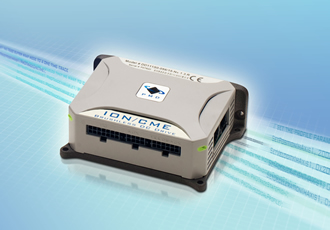
Engineers are making greater use of electronic motion control technologies as packaging machine designs call for ever greater levels of performance and flexibility, especially combined with the ability for faster changeovers from one product run to the next. Gerard Bush of INMOCO (Intelligent Motion Control) looks at the opportunities and the challenges.
The level of automation within packaging lines has increased dramatically over recent years as end users have called for greater performance, the ability to handle smaller batch sizes, and rapid changeovers from one batch to the next. As customers look for ever greater customisation, packaging machines are required to handle a broader range of products, faster and more efficiently.
Electronic motion control has thus become critical to the design of such machinery. It can provide the ability to quickly change from one product batch to another simply by selecting from menus of different options. Further, electronic motion control has become an important aspect of virtually all functions of a packaging machine’s operation, including product sorting, portioning, enclosing, sealing and labelling – plus there is always the need to convey the products from station to station along packaging lines.
Operations will start with the correct sorting and portioning of products to be packaged. Where solid goods are concerned, we might be talking about products coming down a conveyor that need to be positioned ready for picking and placing. At the same time, designers might need to consider how any reject products will be dealt with. Options for sorting, directing or rejecting products could include everything from pick-and-place robots or XY tables at one end of the scale, down to mechanical flippers, pushers and spinners at the other.
Simple mechanical devices offer effective solutions for use with large batch runs of a single product. However, their lack of adaptability means they are not so good on machines that are required to be flexible enough to accommodate smaller batch runs or multi-product runs. Here an electronic solution is preferred because of the speed with which they can switch from one batch’s settings to the next.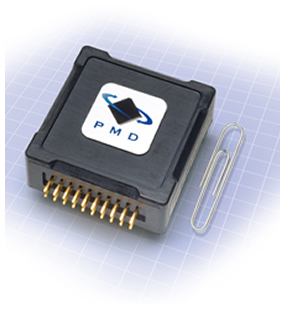
Electronic motion systems can store operational menus for a host of different products, with changeover from one to another at the touch of a button, or even as directed automatically from a higher level system. Trapezoidal or S-curve velocity point-to-point moves can be readily programmed into the motion control system, or custom profiles can be quickly developed to replicate the functionality of mechanical cams, enabling different aspects of motion (position, speed and acceleration) to be controlled and synchronised.
On beverage lines, the portioning-of-products function is manifested as a liquid dispensing operation. This will have similar motion control aspects, but they will cover the control of pumps to dispense the required amount of liquid.
Alternatively, a packaging line might be fed from an extruder, requiring cutting of correct sizes of material from a continuous feed. This is most easily accomplished using a rotating knife, but even here there can be important motion control considerations. For example, the knife will need to be synchronised with the extruder speed, so that product portion size remains constant even if the extruder speed increases or decreases. This synchronisation can be readily accomplished using an electronic gear profile or with an electronic cam.
In some applications there may be benefit in looking at more sophisticated methods of handling the cutting of products from the material stock pieces, perhaps when two or more product sizes are required. Here XY tables or other placement processes synchronised to appropriate cutting technologies may offer a solution.
With the products dispensed, cut, sorted and positioned as appropriate, the next operation on the packaging line will be enclosing the products and sealing them. This might mean placing solid products into trays, cartons or boxes and closing those boxes up. The levels of machine flexibility required will determine the sophistication of the automation system from a motion control point of view. Simple mechanical systems might well be adequate, but increasingly picking and placing is being provided by Cartesian systems with defined motion profiles.
On food or liquid processing lines, operations might include applying caps to bottles or a film or foil cover. Motion control can be used to ensure that caps are secured to a set torque by running the amplifiers in electronic torque mode.
Film application, on the other hand, will typically be a web tensioning operation, which is a further motion control task – maintaining the web at a determined tension depending on the material feed rate and speed of the product on the conveyor. Options include simple control of mechanical dancer arms to simultaneously controlling both the supply and tensioning spool using electronic motion solutions.
The same considerations may need to be applied to the final sealing of the containers for the product batch, as multiple products are sealed into boxes, or multiple boxes are sealed into larger pallets.
As the packaged products approach the outfeed, a final operation will be the labelling of boxes or cartons. Where the application of the label is provided by a mechanism such as a moving arm, here, too, there are motion control considerations. Designers will need to look at how the speed of the labeller is synchronised to the conveyor speed (perhaps using electronic gears or cams), and how the arm deals with different sizes of products.
Consequently we have seen that in all areas of packaging machine design, electronic motion control can deliver improved flexibility and performance. However, the designers and users of today’s high capability packaging machines typically do not want to use wall mounted controllers, as is often necessary with PLC-based solutions. Instead they prefer very small footprint motion control ICs and amplifiers that are ultra-efficient so that they can be directly integrated to the equipment frame.
Similar articles
More from INMOCO Limited
- Ultra-precise innovative inductive angle encoders 17th December 2019
- Low voltage DC servo motors redefine performance expectations 25th November 2019
- Bringing Windows 10 support programming to Orion motion controllers 9th October 2019
- Deliver drop-in replacements for hard-to-source motors 8th October 2019

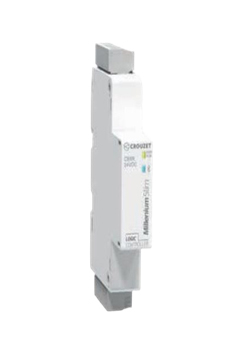
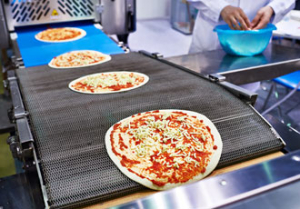
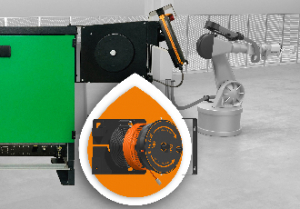
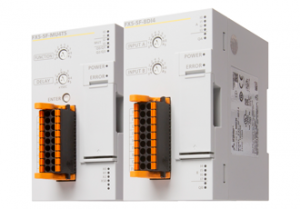







Write a comment
No comments